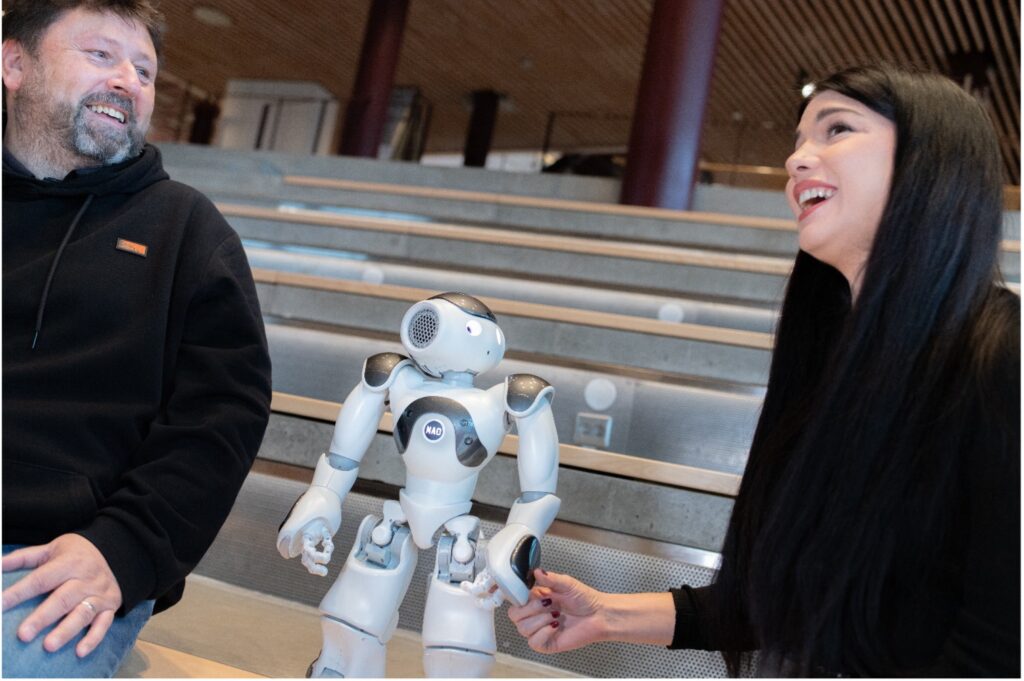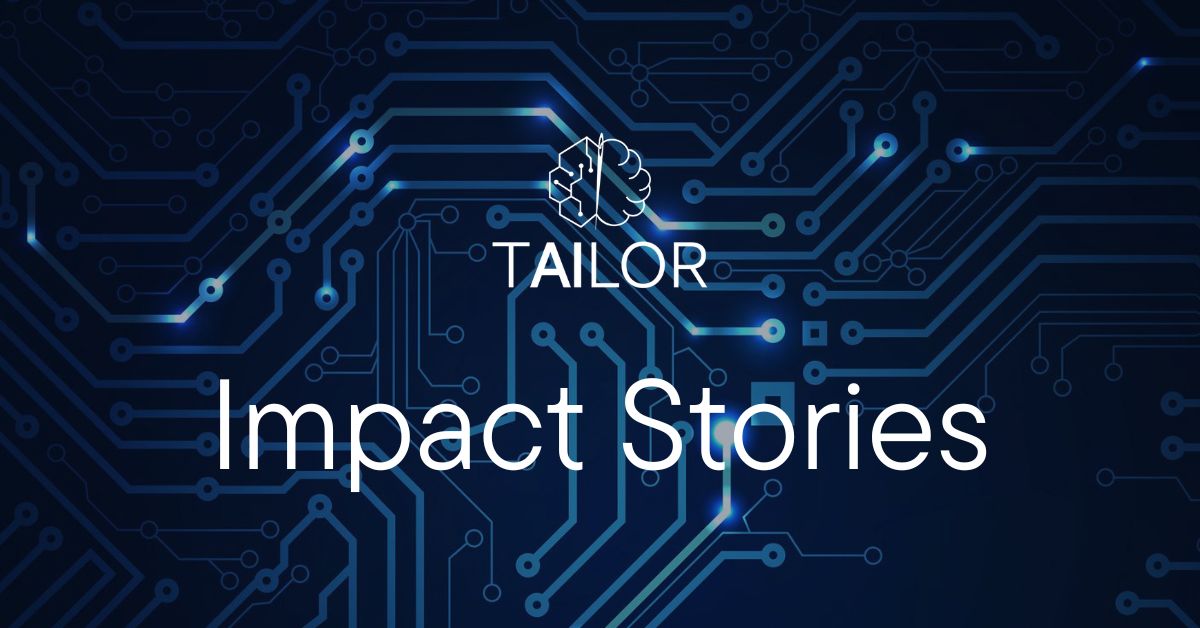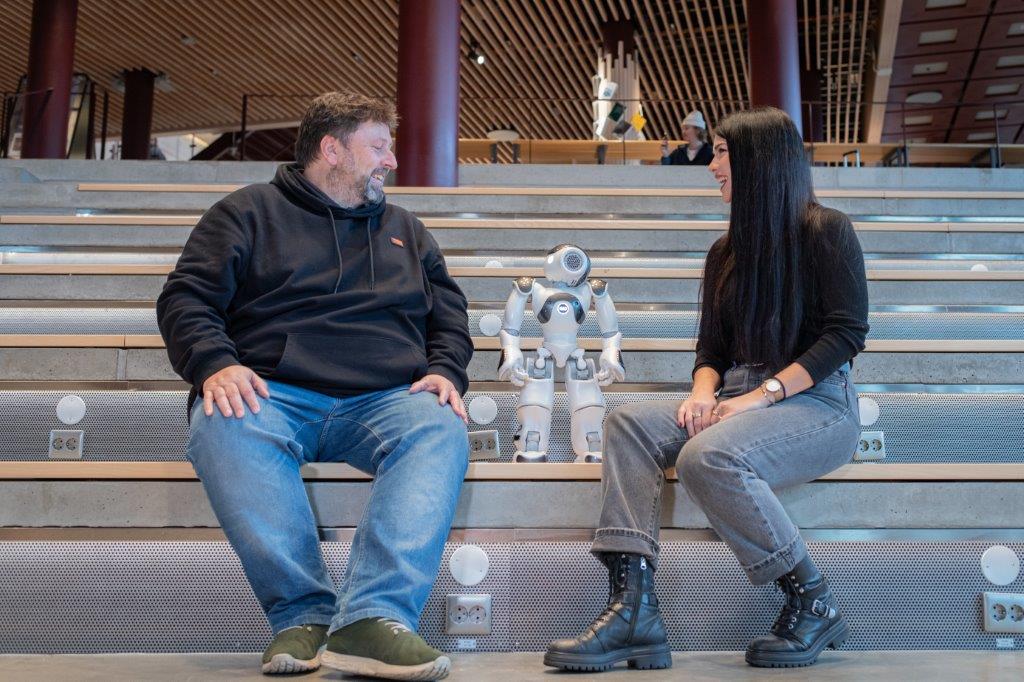The concept of robotic workers in our home and workplace isn’t new. We’ve all wished we had a robot vacuum cleaner, seen grass cut automatically, interacted with some level of autonomy in vehicles, or used voice recognition to play the next song. All with varying degrees of success, and varying levels of anthropomorphizing.
The next step forward in AI and robotics will merge all previous iterations of robots in our surroundings and bring about a giant leap in their capabilities. But as the technology is getting there, we also need to figure out how to navigate this new reality where robot and human interactions will be a natural occurrence in every part of society.
– Trustworthy AI is a big thing in the TAILOR network, and we believe it will become just as important in the robotics space. AI and robotics are of course intrinsically linked, as many robots will be fitted with the latest AI software. However, when adding a mechanical layer, some of the trust sits with the appearance as well as with the fluidity and humanness of movement, says Martina Bacaro, highlighting the additional challenges of autonomous agents in a real-world environment.
Bacaro was one of many young European AI researchers who were awarded funding for research mobility through one of TAILOR’s funding instruments. Scientific mobility, especially early career mobility, has been shown to improve academic performance. Mobile scholars tend to publish in higher impact publications, take more risk and establish new scientific trajectories
– I think Martina’s line of study is crucial for the future. We need to create a better understanding of humans and robot interactions as they will only become more frequent. And if that means formulating a few laws of robotics, we’ll have a pretty good place to start, says Tom Ziemke.

Martina Bacaro, PhD student in HRI at the University of Bologna

Currently there is a divide between those who ascribe too much capability to AI systems and robots, and those who don’t believe at all. But once the presence of robots becomes ubiquitous, there needs to be a way to bridge this divide. Clear declarations of what level of autonomy each robot or chatbot provides can help manage expectations, make outcomes more predictable and ultimately build trust over time.
A well-known example is the uncanny valley. It’s the unsettling feeling towards something that can almost pass as human, except for a lingering notion that something is slightly off. This can happen with robots, 3D computer animations and even when just chatting. Here there are two ways to go, to make robots perfectly human, or to make them obviously robotic.
“I would be very excited to continue my research in a post-doc, and my hope would be to work with an android and look at whether “to err is human”, and if this implies a requirement for us to interact in a completely “human-to-human way” with robots”. And to find out if it truly is our flaws that make us human”, says Martina.
Looking to the future, automated autonomous agents will do our taxes, work in our factories, take care of our dirty laundry, drive our vehicles, do deliveries, educate us and be our social companions. “When that future arrives, we want to understand when, where and why we trust these agents, and whether we always should”, says Martina and Tom, explaining the profound implications the technology has.
TAILOR funding for scientific mobility
2 funds: Connectivity Fund & Collaboration Exchange Fund
1,7 M€ total budget
84 research visits (~20 % female)
17 workshops
The uncanny valley effect
An unsettling feeling people experience when robots closely resemble humans in many respects but aren’t quite realistic.
About the researchers:
Martina Bacaro,
PhD student in Philosophy, Science, Cognition, and Semiotics at the University of Bologna.
https://www.unibo.it/sitoweb/martina.bacaro2
Tom Ziemke,
Professor of Cognitive Systems
in the Department of Computer & Information Science at Linköping University.
https://liu.se/en/employee/tomzi64

